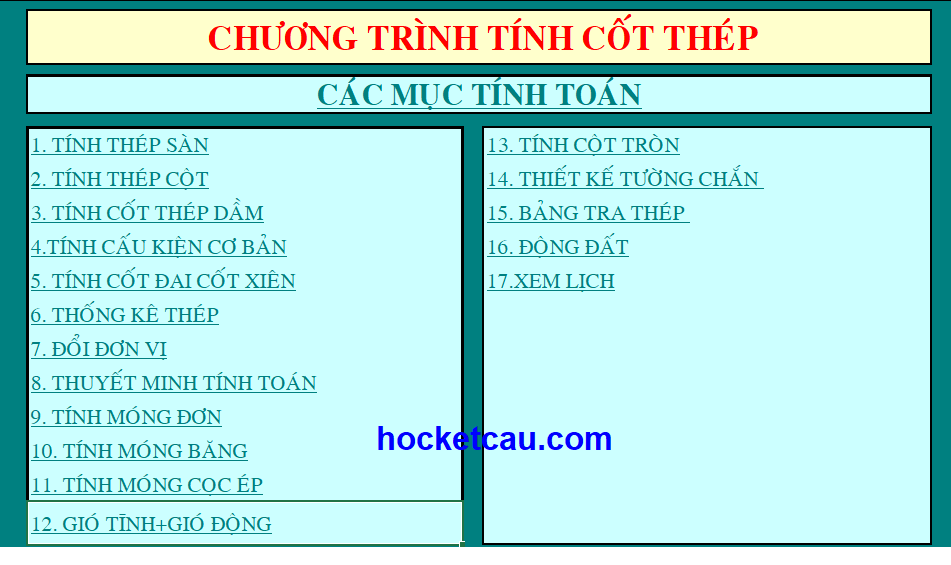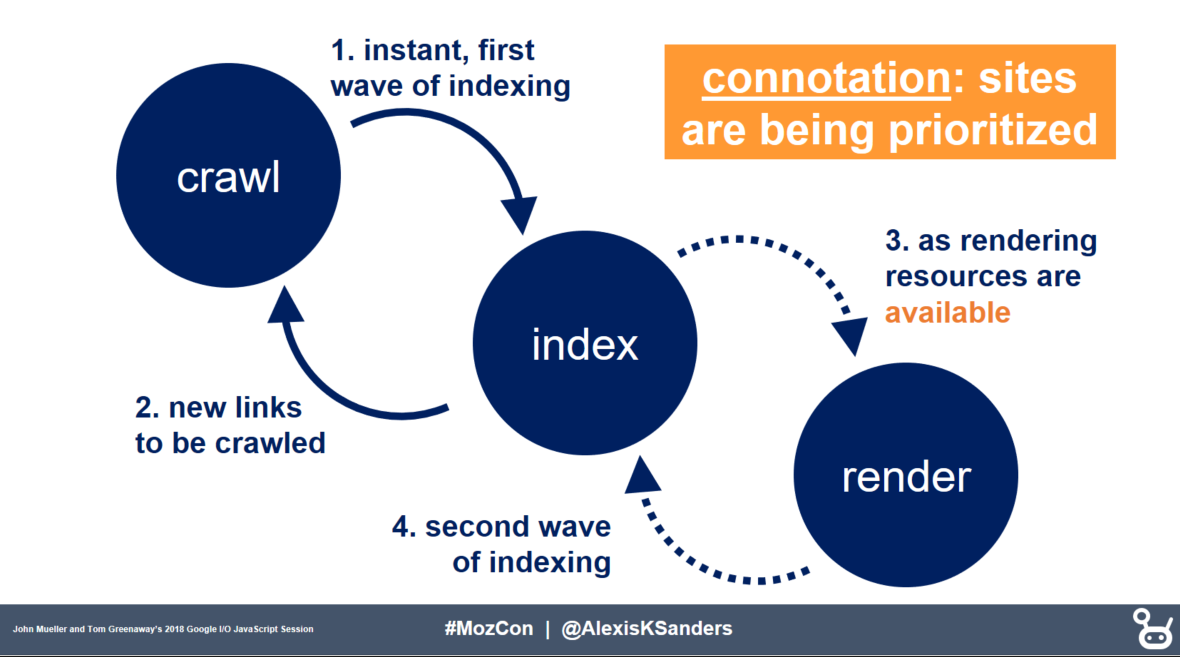Within a type annotation, a single space or line break is required after each comma or colon. Additional line breaks may be inserted to improve readability or avoid exceeding the column limit. These breaks should be chosen and indented following the applicable guidelines (e.g. ?? and??). No other whitespace is allowed in type annotations. The goog.require and goog.requireType statements form a contiguous block with no empty lines.
This block follows the goog.module declaration separatedby a single empty line. The entire argument togoog.require or goog.requireType is a namespace defined by a goog.modulein a separate file. Goog.require and goog.requireType statements may not appear anywhere else in the file. We work with various data types in SQL Server such as int, float, XML, char, varchar, etc.
We also use strings for storing data such as the name of employee, company, product review, and feedback. Sometimes, we require data formats such as inserting a line break, tab or carriage return in a string. We might require these formatting while dealing with data in multiple sources such as flat or excel file. Occasionally, you see scattered text after copying data in notepad or excel. Our online tool automatically removes line breaks that were inserted incorrectly or inappropriately. Remove line breaks (including carriage returns (/r) and newline/line feeds (\n)), paragraph breaks, and even whitespace.
You can also use our tool to create commas separated lists and more. Just enter your text and watch the line breaks disappear. If this option is set to preserve, singleQuote to false , and parser to json5, double quotes are always used for strings. This effectively allows using the json5 parser for "JSON with comments and trailing commas". We are calling replace() method and passing regex and a newline character (\n) as parameters.
As a result, it will replace all occurrences of comma with line break. The new string returned by this method will be stored in the result variable. Trailing commas (sometimes called "final commas") can be useful when adding new elements, parameters, or properties to JavaScript code. If you want to add a new property, you can add a new line without modifying the previously last line if that line already uses a trailing comma.
This makes version-control diffs cleaner and editing code might be less troublesome. A file should not contain both a goog.require and a goog.requireTypestatement for the same namespace. If the imported name is used both in code and in type annotations, it should be imported by a single goog.require statement.
Each goog.require or goog.requireType is assigned to a single constant alias, or else destructured into several constant aliases. These aliases are the only acceptable way to refer to dependencies in type annotations or code. Fully qualified namespaces must not be used anywhere, except as an argument togoog.require or goog.requireType.
The JavaScript function uses a simple regular expression to remove line feeds and carriage returns. The comma as the second argument to the ref.value.replace function may be replaced with any other character to meet your specific requirement. Output text, returned as a string array or a cell array of character vectors. The size of the new dimension is one more than the number of newlines in a string element.
Splitlines assigns the results of the split along the new dimension. For example, if str is a 2-by-3 string array, and each string has three newline characters, then newStr is a 2-by-3-by-4 array. Prefer to use goog.requireType instead of goog.forwardDeclare to break circular dependencies between files in the same library.
Unlike goog.require, a goog.requireType statement is allowed to import a namespace before it is defined. It is not required to change all existing code to meet current style guidelines. Reformatting existing code is a trade-off between code churn and consistency. Style rules evolve over time and these kinds of tweaks to maintain compliance would create unnecessary churn. However, if significant changes are being made to a file it is expected that the file will be in Google Style.
A copyright notice , author information, and default visibility level are optional. File overviews are generally recommended whenever a file consists of more than a single class definition. The top level comment is designed to orient readers unfamiliar with the code to what is in this file.
If present, it may provide a description of the file's contents and any dependencies or compatibility information. The class keyword allows clearer and more readable class definitions than defining prototype properties. Ordinary implementation code has no business manipulating these objects, though they are still useful for defining classes as defined in ??.
Mixins and modifying the prototypes of builtin objects are explicitly forbidden. Imports are done with goog.require and goog.requireType statements. To run, JavaScript code formatted this way needs an engine that supports ES2017 (Node.js 8+ or a modern browser) or downlevel compilation.
This also enables trailing commas in type parameters in TypeScript (supported since TypeScript 2.7 released in January 2018). "es5" - Trailing commas where valid in ES5 (objects, arrays, etc.). No trailing commas in type parameters in TypeScript. You can use the JavaScript split() method to split a string using a specific separator such as comma , space, etc. If separator is an empty string, the string is converted to an array of characters.
The invocation must be closed on the last line in the file. Append // goog.scope to the closing statement of the scope. Separate the comment from the semicolon by two spaces. Where the function definition is given, do not use a function type expression.
Specify parameter and return types with @param and @return, or with inline annotations (see ??). This includes anonymous functions and functions defined and assigned to a const . In methods and named functions, parameter and return types must be documented, except in the case of same-signature @overrides, where all types are omitted.
The this type should be documented when necessary. Return type may be omitted if the function has no non-empty return statements. Classes, interfaces and records must be documented with a description and any template parameters, implemented interfaces, visibility, or other appropriate tags. Textual descriptions may be omitted on the constructor. @constructor and @extends annotations are not used with theclass keyword unless the class is being used to declare an @interface or it extends a generic class.
Set all of a concrete object's fields (i.e. all properties other than methods) in the constructor. Annotate fields that are never reassigned with @const. Annotate non-public fields with the proper visibility annotation (@private, @protected, @package), and end fields' names with an underscore.
Fields are never set on a concrete class' prototype. Use the extends keyword, but not JSDoc annotation unless the class extends a templatized type. Prettier can insert a special @format marker at the top of files specifying that the file has been formatted with Prettier. This works well when used in tandem with the --require-pragma option. If there is already a docblock at the top of the file then this option will add a newline to it with the @format marker. We will go through some of the javascript replace the comma with newline methods.
Use the strings.Fields function to split a string into substrings removing any space characters, including newlines. If the elements of a string array have different numbers of newline characters, use a for-loop to access the string elements individually and split them. Often, we come across a requirement to remove the commas from a string in javascript to operate them.
This article will remove all commas from a string in javascript using different methods and examples. Visibility annotations (@private, @package, @protected) may be specified in a @fileoverview block, or on any exported symbol or property. Do not specify visibility for local variables, whether within a function or at the top level of a module. All @private names must end with an underscore. Module-local names that are not exported are implicitly private.
They are not marked @private and do not end in an underscore. This applies to classes, functions, variables, constants, enums, and other module-local identifiers. Never modify builtin types, either by adding methods to their constructors or to their prototypes. Note that the JSCompiler's runtime library will provide standards-compliant polyfills where possible; nothing else may modify builtin objects.
Goog.require in ES modules works as it does in goog.module files. You can require any Closure namespace symbol (i.e., symbols created by goog.provide orgoog.module) and goog.require will return the value. By default, Prettier will not change wrapping in markdown text since some services use a linebreak-sensitive renderer, e.g. To have Prettier wrap prose to the print width, change this option to "always". If you want Prettier to force all prose blocks to be on a single line and rely on editor/viewer soft wrapping instead, you can use "never".
In code styleguides, maximum line length rules are often set to 100 or 120. However, when humans write code, they don't strive to reach the maximum number of columns on every line. Developers often use whitespace to break up long lines for readability. In practice, the average line length often ends up well below the maximum. The following JavaScript function can be used to replace line feeds and carriage returns with commas.
I find this particularly useful when formatting a data column from Excel into an SQL constraint. Next, we need to join array elements by using the javascript function join to convert back to a string. Use the strings.Split function to split a string into its comma separated values. When the literal \n represents a newline character, convert it to an actual newline using the compose function. Then use splitlines to split the string at the newline character. The following are examples of closures with and without argument lists and variable lists split across multiple lines.
Argument lists and variable lists MAY be split across multiple lines, where each subsequent line is indented once. When doing so, the first item in the list MUST be on the next line, and there MUST be only one argument or variable per line. The above code is usingreplace()method withRegExp. Thisregular expression (/,/g) searches for all comma patterns in string and replaces them with the replacement.
Thesecond argument is the replacement, nothing (") in our case. A search pattern is then formed in the find variable. If bang is empty and there are three arguments, arg1 arg2 arg3, the pattern will be \%(arg1\|arg2\|arg3\)\ze..
Each argument is separated with \| , and the result is grouped (\%(...\)) so that what follows applies to the whole group, rather than to arg3. At the end requires that a character that is not a newline follows the pattern . The \ze marks the end of the search hit, so the newline will be inserted before the character that follows the pattern. Goog.forwardDeclare statements must follow the same style rules asgoog.require and goog.requireType.
The entire block ofgoog.forwardDeclare, goog.require and goog.requireType statements is sorted alphabetically. Conformance checks can, for example, forbid access to a certain property, or calls to a certain function, or missing type information . Local aliases should be used whenever they improve readability over fully-qualified names.
Follow the same rules as goog.requires (??), maintaining the last part of the aliased name. Function calls may use the spread operator (...). Prefer the spread operator to Function.prototype.apply when an array or iterable is unpacked into multiple parameters of a variadic function. Use a rest parameter instead of accessing arguments. The rest parameter must be the last parameter in the list.























No comments:
Post a Comment
Note: Only a member of this blog may post a comment.